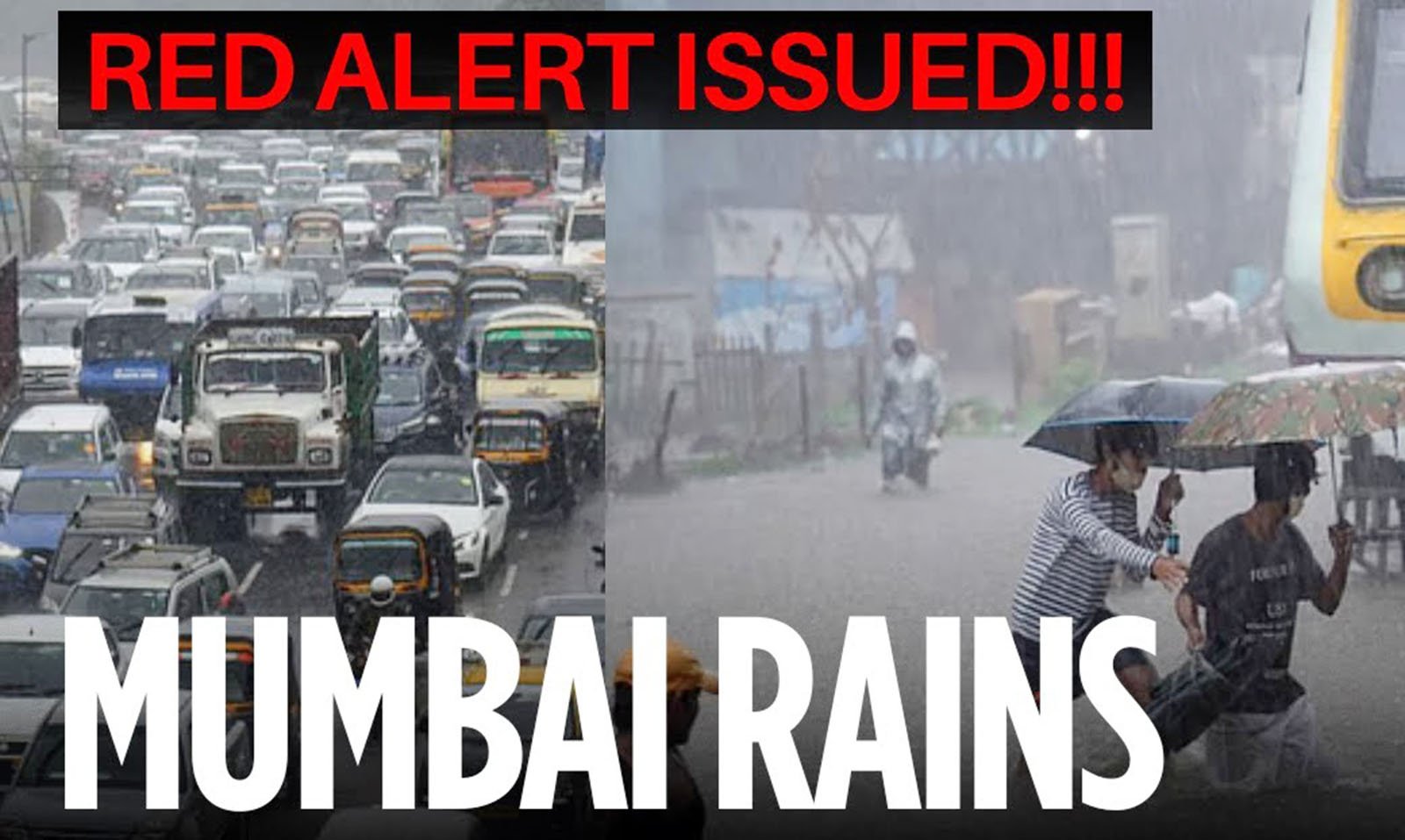Lives of millions of citizens turned upside down by the soaring rate of rainfalls within economical hub Mumbai city, India. The amplified monsoon season engulfed streets and led to the revocation of planes and train travel.
Several areas are immersed in flood and people floating like objects in water have been seen in many clips and recordings. Officials have been conducting rescue operations and extricating hundreds of people whom got seized up in monorail system that got jammed. Maximum 23 stranded individuals were set free from horrible deprivation of air.
All educational institutions remained closed considering these whooping downpours. Dozens of stranded individuals were rescued who were located near sea level, keeping in view the calamity escalation and were provided with provisional residence. Precautionary measures were taken beforehand the disaster intensifies to avert the possible aggravating situations. Minimum 21 casualties have been reported not long ago.
Mumbai’s flooding has been driven by a mix of natural vulnerabilities and man-made failures. Much of the city lies on reclaimed land, with many areas barely above sea level, making it naturally prone to waterlogging. The colonial-era drainage system, designed to handle only about 25 millimetres of rainfall per hour, has long been inadequate worsened by poor maintenance, clogged drains, and the still-incomplete BRIMSTOWAD project.
Decades of destruction by development have taken out mangroves, wetlands, and creeks that used to soak up excess rain, whereas hasty urbanisation has concretised natural drainage channels. This encroachment, combined with nullah and river encroachment, does not leave much room for rainwater to soak through. Global warming has made rainfall stronger, with the city now experiencing frequent ferocious bursts of rain. When such cloudbursts occur together with the high tide, drainage outlets get clogged, and water flows back into streets and houses. Some low-lying areas like Sion, Kurla, and Khar serve as natural catchment bowls and aggravate flooding further.
In previous years, tragedies such as the 2005 cloudburst which dropped 944 millimetres of rain in 24 hours, the 2017 floods, and the 2021 landslips focused attention on the deadly combination of geography, bad planning, and unseasonal weather.
In 2025, the same ancient vulnerabilities have been compounded by record rains. On 16 August, suburbs saw 244.7 millimetres in one day—ranked among the highest in more than a decade—while monthly figures crossed 1,000 millimetres, causing widespread disruption. Low-pressure areas, whirlpools, and weather-pattern-driven cloudbursts made the rains more abrupt and heavy. With drainage modernizations still trailing, the city again suffered paralysing waterlogging, transport halts, and growing public outrage over governance.


